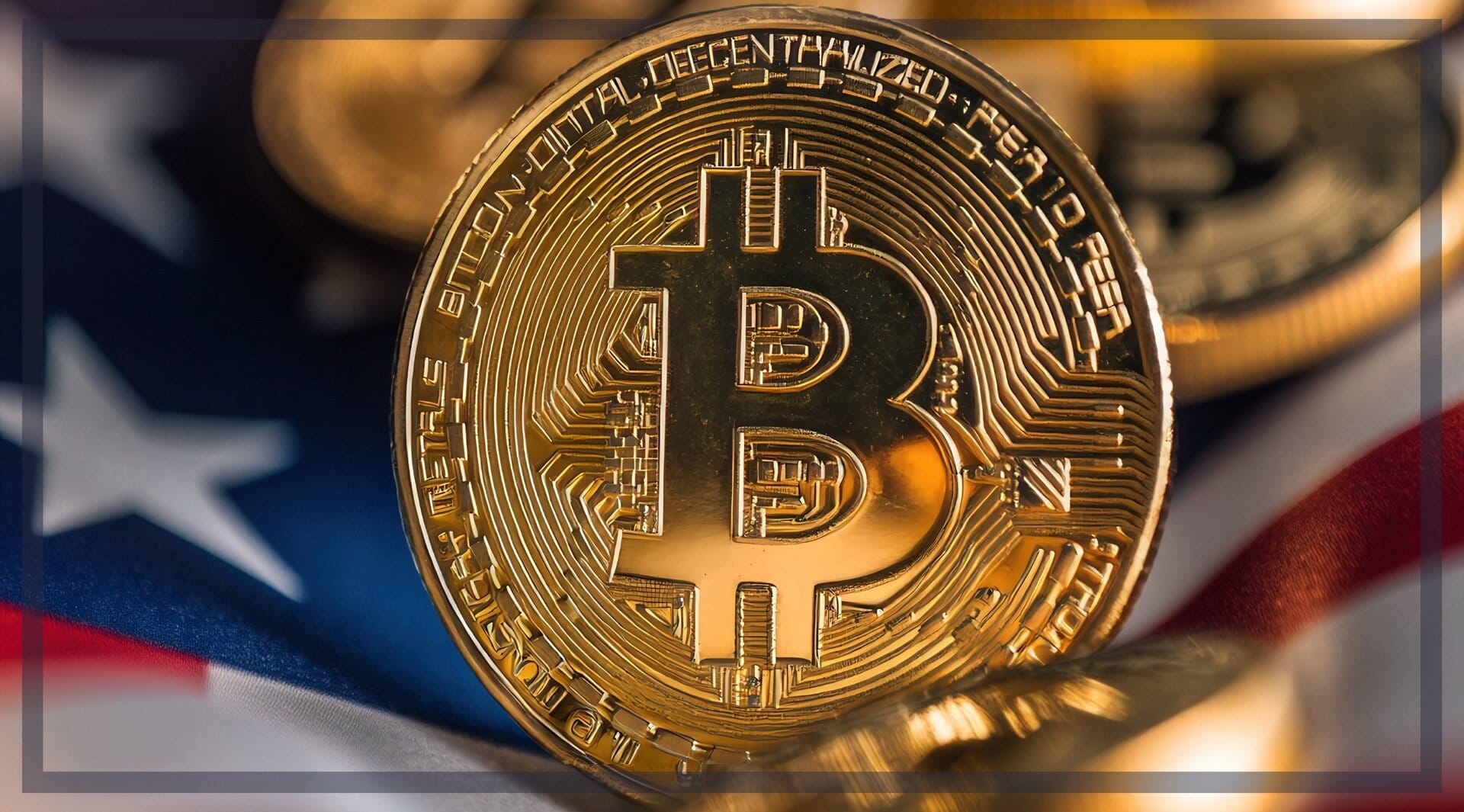The financial world is changing fast. Cryptocurrency is no longer just a niche for tech enthusiasts; it’s becoming a core part of mainstream finance. Coinbase’s entry into the S&P 500, and Kraken’s potential IPO. At the center of this transformation is American Bitcoin, a venture led by Eric Trump and Donald Trump Jr., set to go public on Nasdaq in Q3 2025.
American Bitcoin’s Nasdaq Leap
American Bitcoin, launched by Eric Trump and Donald Trump Jr. in March 2025, is set to disrupt capital markets. It’s merging with Gryphon Digital Mining, a move that will see it list on Nasdaq under the ticker “ABTC” by Q3 2025. Backed by Hut 8, which owns 80% of the venture, American Bitcoin aims to build the backbone of U.S. Bitcoin infrastructure. After the merger, American Bitcoin’s shareholders will control 98% of the new company, with Eric Trump as Chief Strategy Officer alongside CEO Mike Ho and COO Matt Prusak. This isn’t just another crypto project. The Trump name brings attention, especially with President Donald Trump’s pro-crypto policies.
🚨 JUST IN: American Bitcoin announces go-public merger with Nasdaq-listed Gryphon Digital Mining, aiming to become a leading vehicle for large-scale $BTC accumulation under the ticker ABTC. pic.twitter.com/rQe1cuu4x9
— Cointelegraph (@Cointelegraph) May 12, 2025
The stock market reacted strongly. Gryphon’s shares jumped over 200% to $2.19 after the announcement, while Hut 8’s stock rose 11% to $15.45. However, both have faced volatility, with Hut 8 down 16.6% this year. American Bitcoin plans to hold Bitcoin on its balance sheet, much like MicroStrategy, giving investors a way to bet on crypto without directly buying it. But its ties to the Trump family spark debate.
Could political influence shape crypto regulations in its favor? Critics, including some Democratic lawmakers, worry that political influence—given the Trump family’s involvement—could shape crypto regulations in American Bitcoin’s favor, though Eric Trump calls these concerns ‘far-fetched.’
Crypto Giants Pave the Way
Coinbase’s inclusion in the S&P 500 on May 19, 2025 was a milestone. With a $65.4 billion market cap and profits in 2024, it replaced Discover Financial Services, boosting its stock from $207 to $241 in a day. Now trading at $249.38 (TradingView), Coinbase shows crypto’s growing acceptance. It’s not just about trading.
Coinbase has adapted to tough regulations, like the UK’s FCA rules, which led Coinbase to restrict some trading activities in 2024 to comply with strict user verification requirements. It also partnered with Apex Group in May 2025 to manage its Bitcoin Yield Fund, ensuring compliance, according to a Disruption Banking report. Adding former UK Chancellor George Osborne to its advisory council in 2024 helped Coinbase secure licenses in countries like France and Singapore.
Kraken, the 3rd largest crypto exchange by trading volume, is eyeing an IPO in early 2026. A more crypto-friendly U.S. government, including the SEC dropping its lawsuit against Kraken, has created a favorable environment for this plan.
Bullish, a blockchain-based exchange, is also considering a 2025 IPO. It blends traditional trading with decentralized finance features like automated market makers, which use algorithms to match buyers and sellers, cutting costs and boosting liquidity. These companies show different paths to mainstream finance. Coinbase leads with compliance, Kraken with trading volume, and Bullish with tech innovation.
But pro-crypto regulations are still nascent. How will these firms balance innovation with stability in unpredictable markets?
Regulation: Navigating Risks and Rewards
Regulations are a major hurdle for crypto’s rise. In the UK, FCA rules since October 2023 require exchanges to verify users’ suitability for high-risk investments, causing disruptions like Coinbase’s blocking of accounts last year. In the U.S., a pro-crypto shift under President Trump has eased some of the pressure, like the SEC’s dropped case against Kraken.
But political ties, like those of American Bitcoin, World Liberty Financial, and high-profile $TRUMP memecoin promotional events, all raise concerns about potential favoritism. Some fear favoritism could lead to uneven rules, while others see it as a boost for innovation.
Did you receive a message in the last few days from @Coinbase? About how the latest FCA Financial Promotions rules mean that UK users need to complete two new tasks.
— #DisruptionBanking (@DisruptionBank) January 4, 2024
We explored why Coinbase is #blocking its users ability to trade and what can be done: https://t.co/zBF3AQSXTH pic.twitter.com/KJYVN0fw9c
Compliance is vital for trust, but overly strict rules could slow progress. Exchanges like Coinbase show how to adapt, using partnerships and expertise to meet global standards.
What does this mean for the average investor?
Building a Crypto-Finance Future
The lines between crypto and traditional finance are blurring, creating opportunities but also complexities. Exchanges are no longer just trading platforms; they’re shaping a new financial system. By embracing compliance and innovation, they’re building a future where digital assets are as common as stocks.
The challenge is finding a balance that protects investors without slowing growth. The path isn’t smooth, but the destination — a more inclusive, efficient market — is within reach.
#Crypto #Trading #Bitcoin #Trump #ABTC
Author: Ayanfe Fakunle
See Also:
Why did Coinbase join the S&P 500? | Disruption Banking
Who is Cynthia Lummis? The Wyoming Senator Pushing For a U.S. Bitcoin Reserve | Disruption Banking














